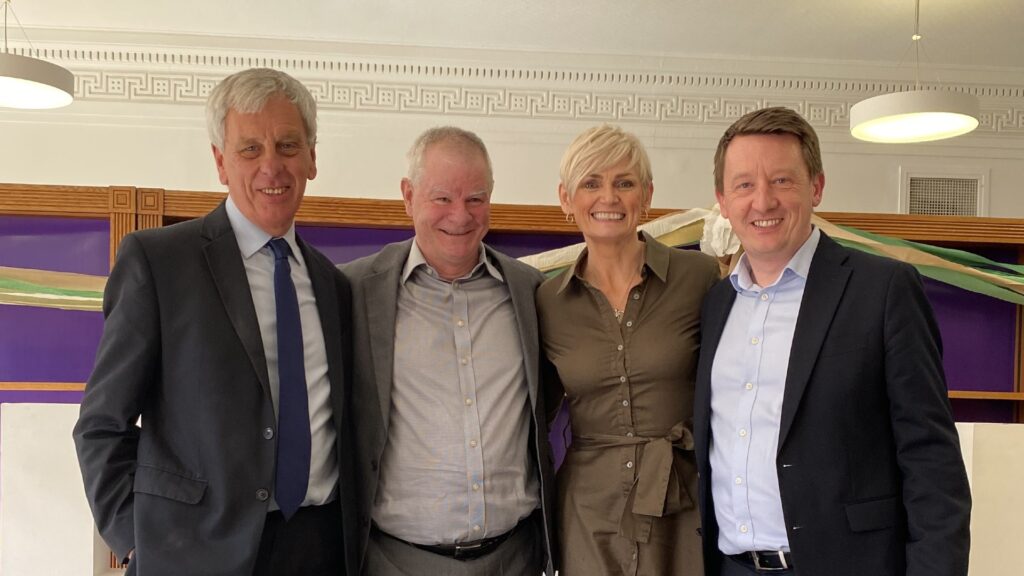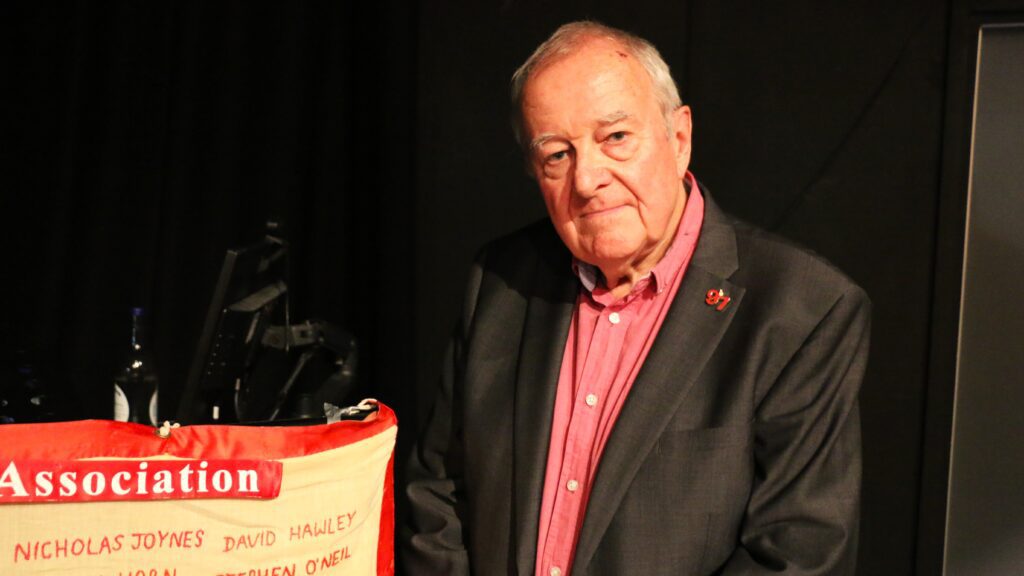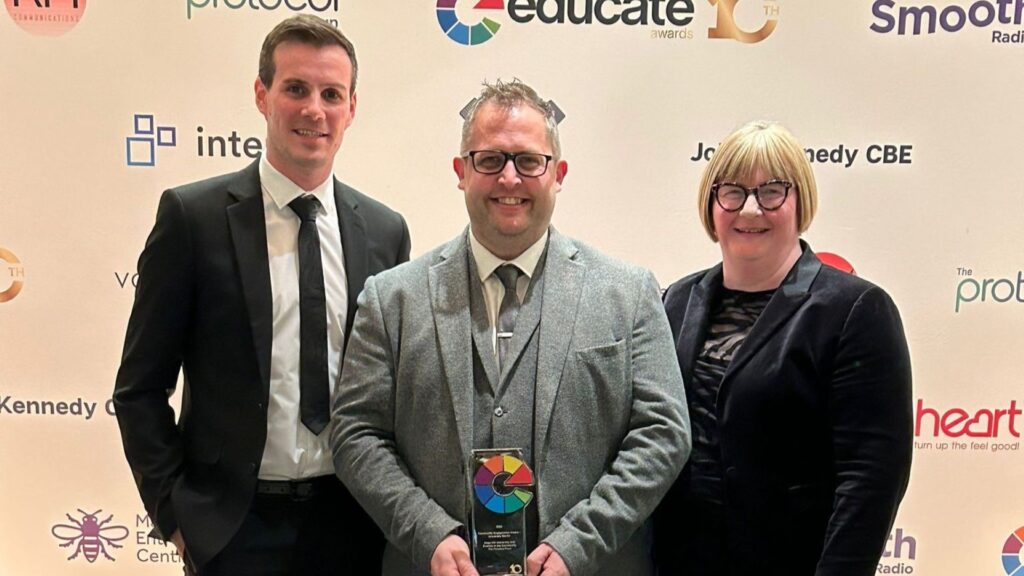
Dr Lena Simic grew up in Croatia, where her theatre career started at the age of nine, playing a rabbit at the Dubrovnik theatre Marin Držić. She moved into alternative theatre when she was “sixteen, narky, dressed in black, and engaged in devising a performance which asked what we imagined after we died.”
She continues to write, direct and perform, and has carved out a substantial academic career, teaching about the connections between theory and performance practice, supervising PhD students, and researching areas such as contemporary performance practice, performance and the maternal, autobiographical performance, feminist theatre and performance, and activist arts practice.
Tell us about your current research?
I’m currently working on the Performance and the Maternal, writing a book on maternal performance, running a website, organising and facilitating a number of research online forums, interviewing mother/artists and engaging in various maternal art networks. This kind of research is important because it makes us look again at, or re-evaluate, maternal labour and experience. Maternal performance and art bring into focus some of the difficulties, ambivalences and diverse experiences of mothering. It is through art and performance that we can better understand the lived experience and practice of mothering.
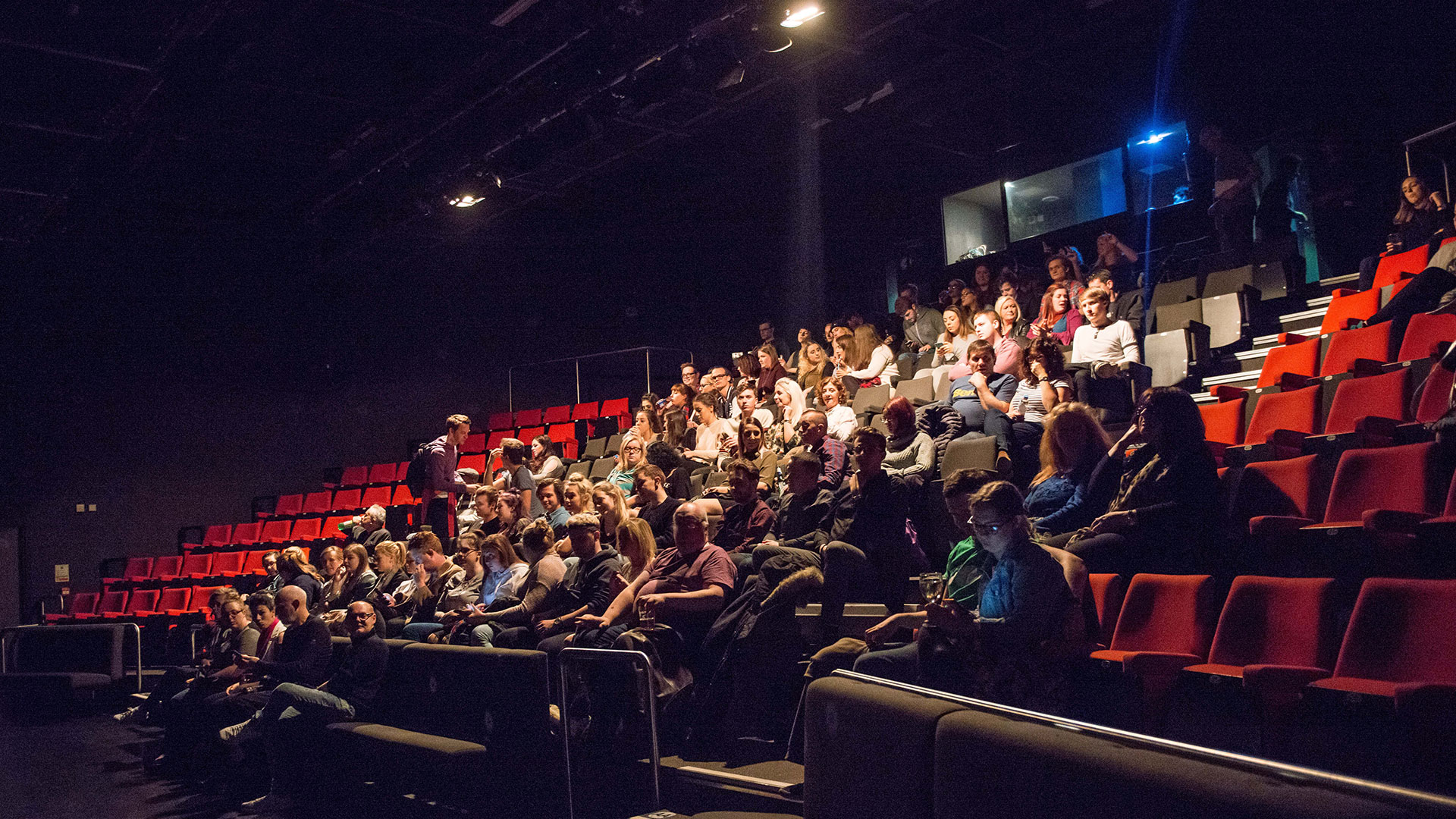
How do you do your research?
My research involves seeing as many performances and exhibitions about maternal matters as possible; participating at research gatherings, symposia, forums, conferences, live or online; and interviewing mother/artists about their processes in making artworks about mothering in all its complexity. One of the most inspiring thinkers of our time, Dona Haraway, provocatively proclaimed: Make kin, not babies. What is the future of humanity, and in particular maternal futures? How can art and performance respond and enrich these crucial questions of our fragile times? How do we connect with each other as humans (mother is usually one of our first relations in life) and also how do we care for more-than-human world?
Why do we do research?
We research to gather new knowledge, to change the world. Research in arts and humanities helps change people’s perceptions of the world and society, allowing us to dream and be otherwise than we are. The world is a messy place and while it will never be completely nice and tidy (we do enjoy a bit of chaos), we can imagine and create it differently.
“We’re all born to create, to be artists in our own ways.”
In your opinion, what is theatre for?
Theatre is for connections, for dreaming, for gathering people and thinking together, challenging stereotypes, being different. Theatre is about allowing oneself time to be elsewhere, beyond the everyday. We’re all born to create, to be artists in our own ways.
Why should a student do research at Edge Hill?
The students need to be guided by their curiosity, and discover the world. I love teaching the Researching Contemporary Drama module, in which the students need to choose their topics. They need to discover what they desire to know about. It’s such an important step – to know one’s desires, to know what you want to engage with in this world. It’s crucial that students mark themselves through the choice of the subject and topic they research.
Research by my students has included subjects such as: kissing and intimate acts in performance, dementia, arts and wellbeing, the act of falling as represented/enacted in performance, the importance of prison theatre, mourning as public performance, portrayal of refugees in contemporary performance, drag, postcolonial body in performance, juggling therapy, and many more.
Did you always want to be an academic?
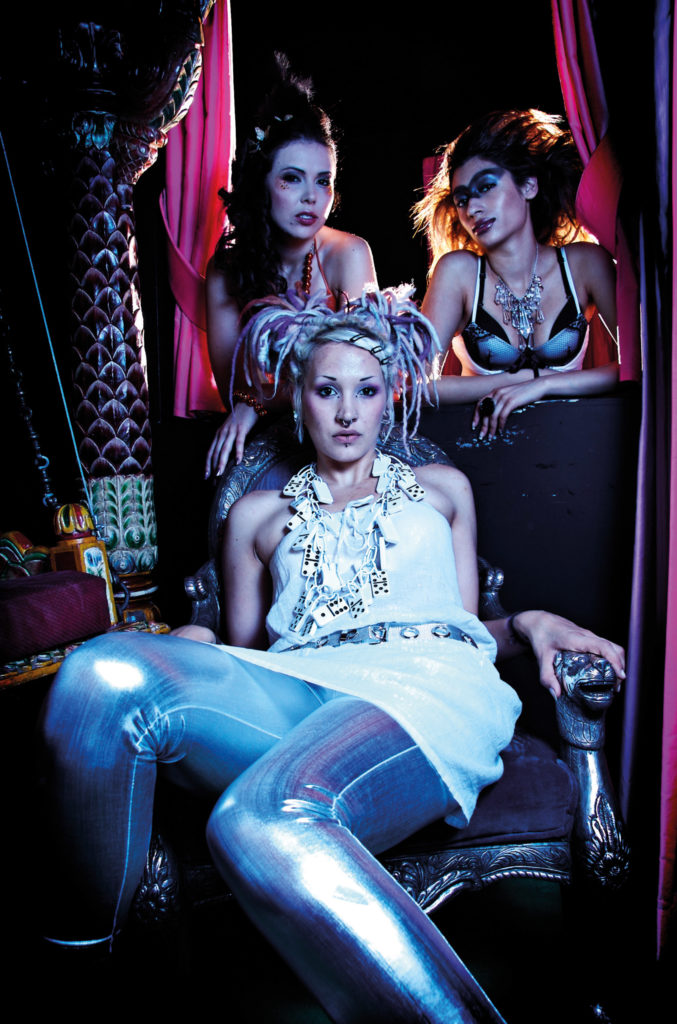
At some point in my life I wanted to be a professional theatre director, but went back to university to do my PhD and fell in love with autobiographical solo performance making. This lasted for most of my 30s. I’ve engaged in re-interpreting the classics. One of my solo performances is called Medea/Mothers’ Clothes and it looks into the Greek myth of archetypal anti-mother who murders her children. In the piece I explored ambivalence about motherhood and my position as a foreigner in the UK. I’ve also re-worked Chekhov’s Three Sisters into a solo piece called Masha Serghyeevna, after the middle sister.
This performance allowed me to reinterpret my personal history in connection to the Yugoslav war, and also explore nostalgia in connection to the idea of a failed revolution. I’m yet again working on Three Sisters, this time, in collaboration with another writer, James Marriott. We’ve radically adapted the text under the title Three Sisters: The End of the Project. Our play is set in 2035 in the fourth pandemic, and explores living and loving amidst the impacts of climate crisis and the new reality of the virus.
What does theatre in the 21st century look like?
The future of theatre, as we know it, in black box studios, is uncertain. We need to be brave enough to imagine new art forms. Trepliov, fictional character of a budding writer in Chekhov’s play The Seagull, exclaims, “we need new art forms… and if they aren’t available, we might just as well have nothing at all.” There’s something youthful and naïve about this statement, but it’s beautiful too. Our third year Drama students have a module where they need to produce a manifesto, which is about creating new radical art forms. Theatre often asks the questions of how we can engage with one another, and we might need to invent new ways of being together. Indeed, we’re being forced to do it already.
June 24, 2022
